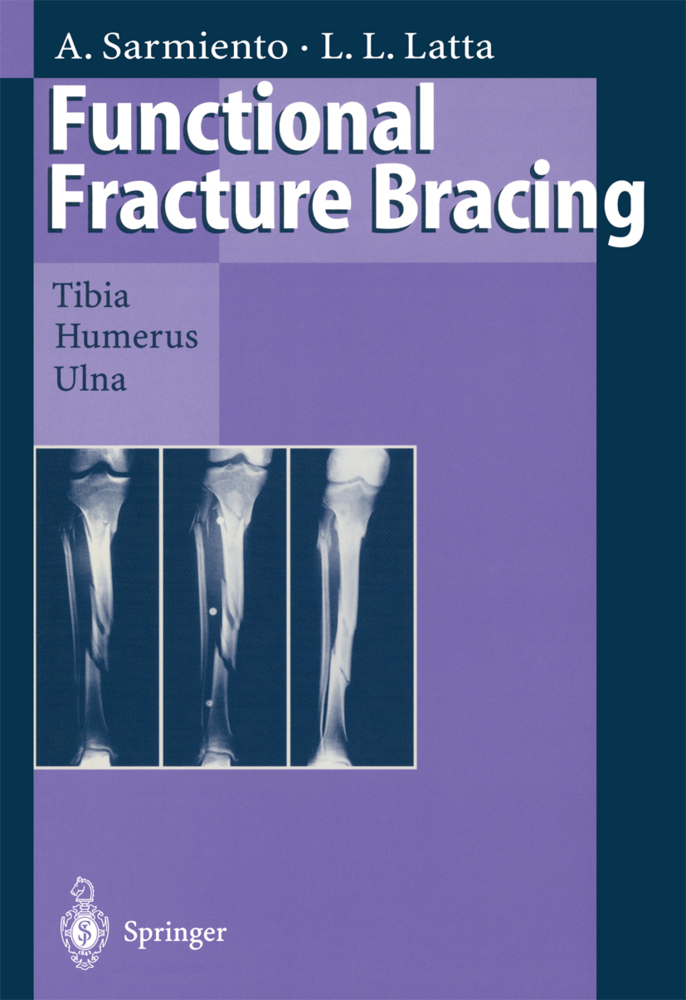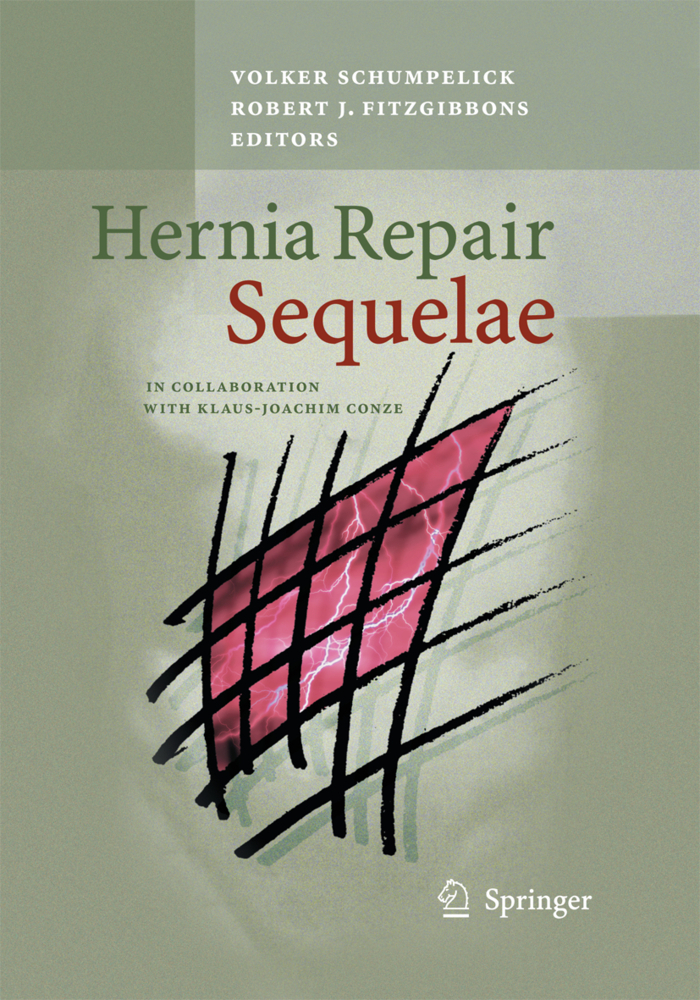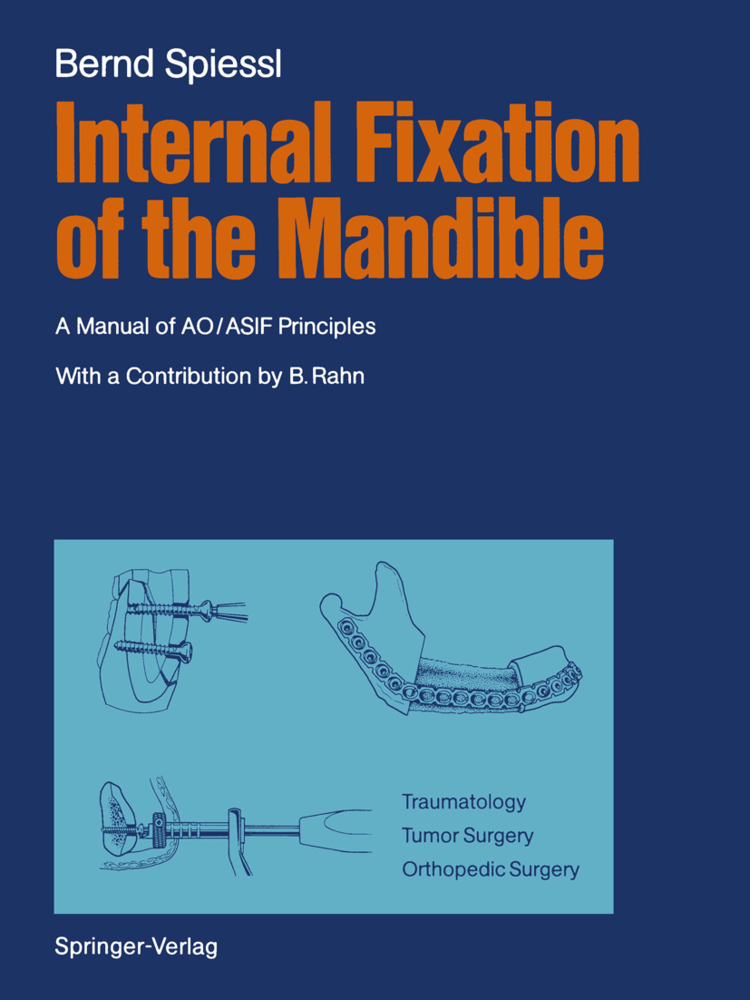Functional Fracture Bracing
Tibia, Humerus, and Ulna
Functional Fracture Bracing
Tibia, Humerus, and Ulna
At the writing of this book, the United States is in the midst of an intense public debate concerning a widely perceived need for reform of the Health Care Delivery System. The reform is primarily aimed at the provision of medical insurance to a large segment of the population currently deprived of that coverage and to the reduction of the escalating costs of medical care. Solutions to the existing problems have been elusive because the causes of the dilemma are multifactorial, complex, and diffucult to identify clearly. There is, however, general consensus that the use and abuse of technology has played a major role in the growing costs of medical care. The importance of fracture care in the overall financing of the health care reform is significant, since injuries to the musculoskeletal system are responsible for a very large percentage of the general expenditures in this area. The cost is not limited to hospitalization and professional services, but also impacts the economy with tempo rary or permanent interruption of individual productivity.
3 Fractures of the Humeral Diaphysis
4 Isolated Ulnar Fractures
5 An Overview of Pertinent Research.
1 The Philosophy of Functional Fracture Bracing
2 Fractures of the Tibia3 Fractures of the Humeral Diaphysis
4 Isolated Ulnar Fractures
5 An Overview of Pertinent Research.
Sarmiento, Augusto
Latta, Loren L.
| ISBN | 978-3-662-03095-0 |
|---|---|
| Artikelnummer | 9783662030950 |
| Medientyp | Buch |
| Copyrightjahr | 2013 |
| Verlag | Springer, Berlin |
| Umfang | X, 282 Seiten |
| Abbildungen | X, 282 p. |
| Sprache | Englisch |










